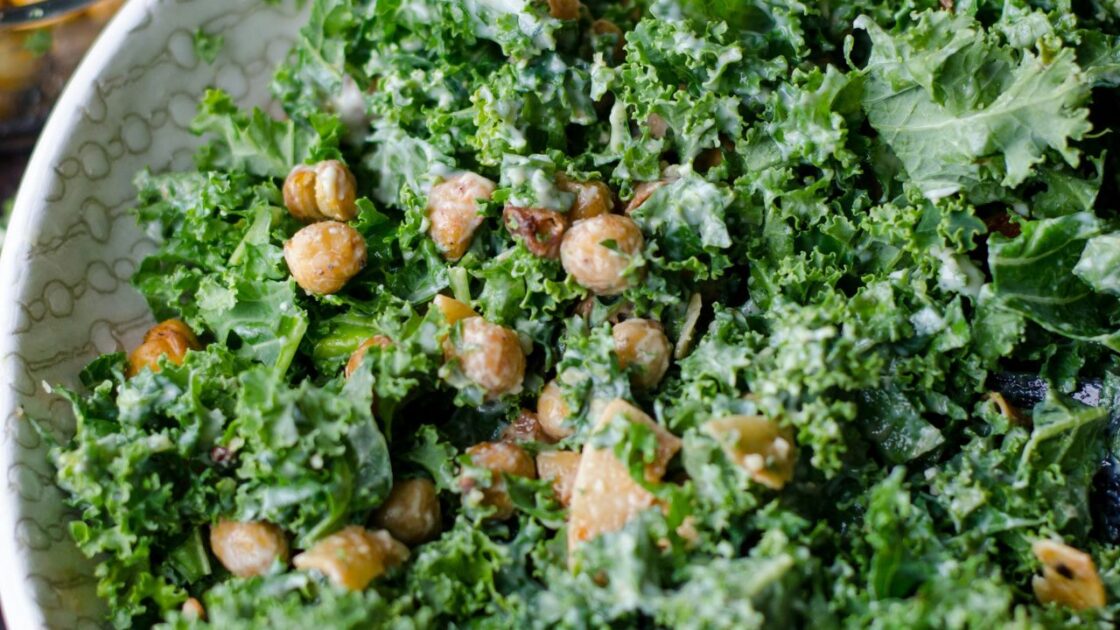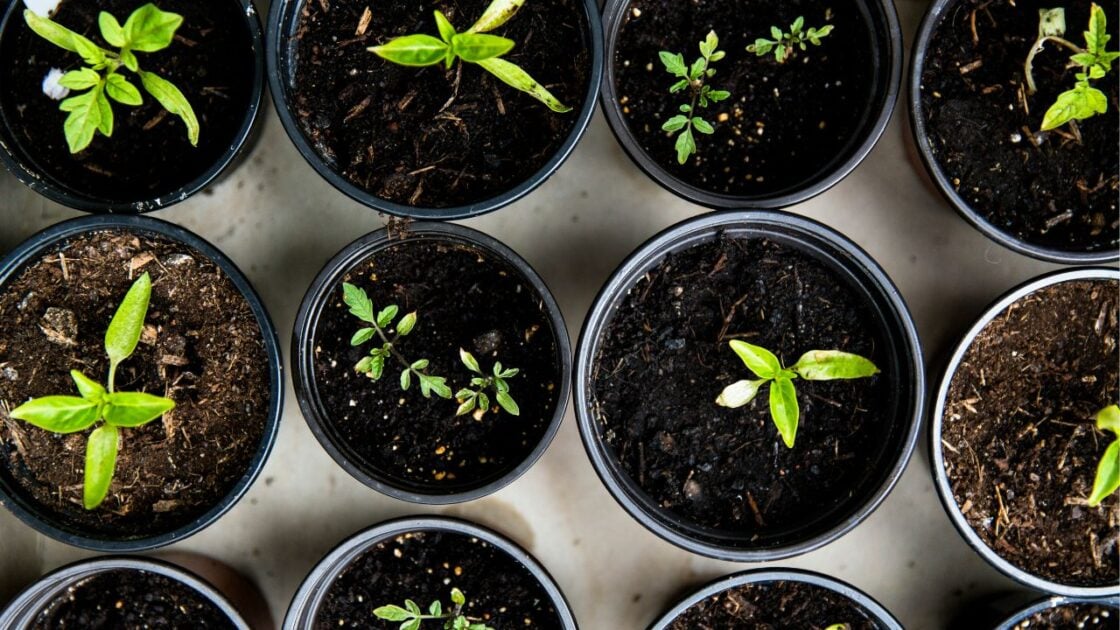
Just as the name would suggest, amaranth leaves are the leafy green from the amaranth plant. And we have several reasons why amaranth greens are the new kale.
Normally grown in Africa, Asia, and the Caribbean, the leaves appear in the U.S. as a result of immigrants from Asia and Africa introducing them. In the U.S., we’re more accustomed to the grain portion of the amaranth plant. It’s a gluten-free ancient grain that’s comparable to rice. But it turns out that the leafy portion of the grain is just as nutritious.
Sign up for the newsletter for more nutritional wellness tips.
1. Contains tocotrienols

Tocotrienols are a form of vitamin E that may reduce cholesterol as well as your risk of heart disease, according to a study published in 20181. Other studies have also found that tocotrienols are protective against cancer and have anti-inflammatory qualities2.
2. Reduces stroke risk

Amaranth leaves are a good source of potassium. Having ample potassium in the body helps move oxygen to the brain, which stimulates neural activity and cognitive function while reducing your risk of stroke. Potassium can also improve brain function by maintaining electroconnectivity in the brain3.
3. Reduces hypertension

Amaranth leaves also contain magnesium, a mineral that combines with potassium to reduce your risk of hypertension, which is protective against heart disease4. Magnesium also has a host of other benefits, including increasing energy, calming nerves and anxiety, relieving muscle spasms and aches, and preventing osteoporosis.
4. Improves digestion

Amaranth leaves are a significant source of dietary fiber, which makes them helpful in reducing constipation. While you must massage or cook kale to improve digestibility, amaranth is easier to digest than other leafy greens.
5. Good source of iron

We’re always looking for good sources of iron, especially in the plant-based world, and amaranth leaves don’t disappoint. They help prevent anemia in those who are iron-deficient5.
6. Delicious fermented

A traditional African amaranth green preparation involves fermenting the leaves and jarring them to eat off-season. Fermented foods are good for digestion because they contain probiotics or good bacteria6. All you have to do is add the amaranth leaves to a mason jar and then cover with filtered water, half of a sliced onion, and two tablespoons of salt. Store for a few weeks in a cool place, opening the jar every few days to release built-up gases. Keeps for three to six months in the refrigerator.
7. Versatility

Amaranth leaves are versatile greens, whether eaten raw in a salad, added to a stir fry, soup, or a simmered dish like curry. Add amaranth leaves to any place that you would traditionally add spinach, as they have a similar texture and appearance.
How to Grow Amaranth

Another benefit of amaranth leaves is that they’re easy to grow. You can find seedlings at farmers’ markets and Asian food markets. Seeds are also easy to find online. Here are some tips for growing amaranth:
- If you’re planning to grow them outside, start seedlings in the early spring in the full sun. You can also start them indoors as seedlings before the end of the first frost and transfer them outdoors once it gets warmer.
- Water amaranth plants during dry periods, once or twice per week.
- Plants can be grown in drier clay soil, but do well in well-drained, rich compost. If your soil is not ideal, consider growing in raised beds with compost.
- Plant the seeds about seven to ten inches apart, although they will tolerate a little crowding.
- They do really well in warmer climates and are drought-resistant. But you can also grow them in cooler climates.
- They grow one to two feet in height.
And if you’re dead serious about growing Amaranth and other herbs and veggies year-round, we highly recommend this indoor grow kit, which is self-watering and comes with indoor lighting.
Read More on Organic Authority

How to Cook Kale: 7 Unique Ways Plus Recipes
12 Vibrant Salad Greens That’ll Change the Way You Salad Forever
4 Mustard Greens Recipes: Fall in Love with the Peppery Leafy Green
Research:
- https://pmc.ncbi.nlm.nih.gov/articles/PMC5775572/
- https://pmc.ncbi.nlm.nih.gov/articles/PMC5775572/
- https://pmc.ncbi.nlm.nih.gov/articles/PMC5968281/
- https://pmc.ncbi.nlm.nih.gov/articles/PMC6045762/
- https://pmc.ncbi.nlm.nih.gov/articles/PMC11738614/
- https://pmc.ncbi.nlm.nih.gov/articles/PMC9003261/

